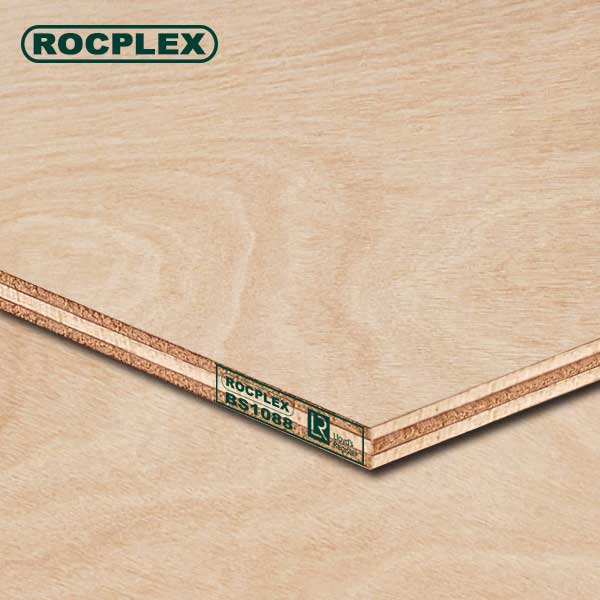Plywood, also called laminate. It is made of three or more layers of 1-2mm thick veneer or sheet adhesive by hot pressing. It is the most commonly used material for hand-made furniture at present. Plywood is three or more layers of thin wood made from logs that are twisted into veneers or squares, cut into thin wood, and then glued with adhesives. Odd-layer veneers are usually used, and the fibers of adjacent veneers are glued vertically to each other. Therefore, there are three-in-one, five-in-one, seven-in-seven odd layers of plywood.
Plywood Specifications
The splints are generally 2440MM long and 1200MM wide, and can be divided into six specifications (1cm is 1mm) including 3cm, 5cm, 9cm, 12cm, 15cm and 18cm plates. Of course, there are also 21cm and 25cm, the thickness can basically be produced according to different requirements.
Plywood Characteristics
1. Plywood has all the advantages of natural wood, such as light weight, high strength, beautiful texture, insulation, etc. It can also make up for some natural defects of natural wood, such as knots, small width, deformation, large differences in longitudinal and transverse mechanics.
2. Reasonable utilization of logs in plywood production. Because it has no sawdust, 1 cubic meter of plywood can be produced every 2.2-2.5 cubic meters of logs, which can replace about 5 cubic meters of logs for sawing into board, and 1.2-1.5 cubic meters of residue can be produced for each 1 cubic meter of plywood product, which is a good raw material for producing density fibreboard and particleboard.
Plywood has the advantages of small distortion, large width, convenient construction, no warping, good transverse tensile properties and so on. Therefore, the product is mainly used in furniture manufacturing, indoor decoration, residential construction of various panels. Secondly, it is used by industrial departments such as shipbuilding, truck manufacturing, various military, light industrial products and packaging.
Post time: Jul-15-2022


